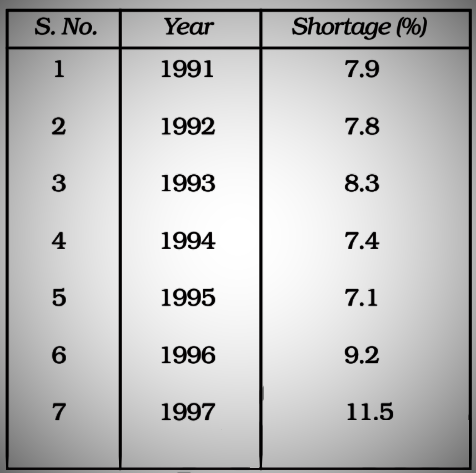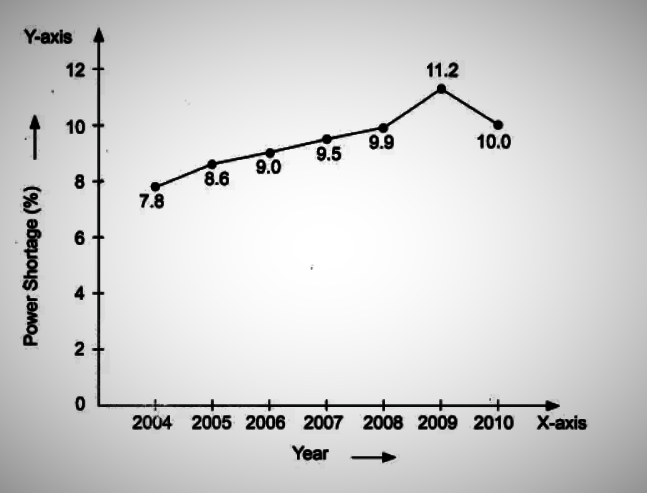GetStudySolution
Getstudysolution is an online educational platform that allows students to access quality educational services and study materials at no cost.
NCERT Solutions for Class 8 Science chapter 5 – Coal and Petroleum
Back Exercise
Question 1:
What are the advantages of using CNG and LPG as fuels?
Answers
The advantages of using compressed natural gas (CNG) and liquified petroleum gas (LPG) as fuels are:
(i) They can be burnt directly.
(ii) They can be transported easily through pipe lines.
(iii) They are clean fuels and do not give smoke when burnt.
(iv) They have high calorific value i.e. they give a lot of heat energy when burnt.
(v) They are used as non-polluting fuels to transport vehicles
(vi) CNG is used for power generation.
(vii) No ash particles are left after burning.
(viii) These are easily available at affordable cost
Question 2:
Name the petroleum product used for surfacing of roads.
Answers
Bitumen, a petroleum product, is used for surfacing roads.
Question 3:
Describe how coal is formed from dead vegetation. What is this process
called?
Millions of years ago, dense forests got buried under the soil due to natural processes like storms, floods, and earthquakes. These got compressed as more and more soil got deposited over them. When they got buried deep in the soil, they were exposed to very high pressure and temperature. Under these conditions, these slowly got converted into coal. This process of formation of coal from dead vegetation is called carbonization.
Question 4:
Fill in the blanks.
(a) Fossil fuels are __________ ,__________ and __________.
(b) Process of separation of different constituents from petroleum is
called __________.
(c) Least polluting fuel for vehicle is __________.
Answers
(a) coal, petroleum, natural gas
(b) refining
(c) CNG
Question 5:
Tick True/False against the following statements.
(a) Fossil fuels can be made in the laboratory.
(b) CNG is more polluting fuel than petrol.
(c) Coke is almost pure form of carbon.
(d) Coal tar is a mixture of various substances.
(e) Kerosene is not a fossil fuel.
Answers
(a) False
(b) False
(c) True
(d) True
(e) False
Question 6:
Explain why fossil fuels are exhaustible natural resources.
Answers
Fossil fuels require millions of years to form from the dead vegetation and animals that get buried deep inside the Earth. They require high temperature and pressure for their formation, which cannot be provided in the laboratory and their rate formation is very less in comparison to their rate of consumption so they will exhaust in near future due to current rate of consumption.
Question 7:
Describe characteristics and uses of coke.
Answers
Characteristics of coke are:
(i) Tough
(ii) Porous
(iii) Black in colour
(iv) Coke is 98% pure carbon.
Uses of coke:
(i) In manufacture of steel.
(ii) In the extraction of metals (as a reducing agent).
(iii) It is used as domestic as well as an industrial fuel in stoves and furnaces.
(iv) Making fuel gases
Question 8:
Explain the process of formation of petroleum.
Answers
Petroleum was formed from
organisms living in the sea. As these
organisms died, their bodies settled at
the bottom of the sea and got covered
with layers of sand and clay. Over
millions of years, absence of air, in anaerobic conditions, microorganisms decompose this organic matter and high
temperature and high pressure slowly transformed the dead organisms into
petroleum and natural gas. The petroleum deposits are usually found mixed with salt water.
The petroleum is lighter that salt water, and hence, floats over it.
Question 9:
The following Table shows the total power shortage in India from
1991–1997. Show the data in the form of a graph. Plot shortage percentage
for the years on the Y-axis and the year on the X-axis.

Answers
